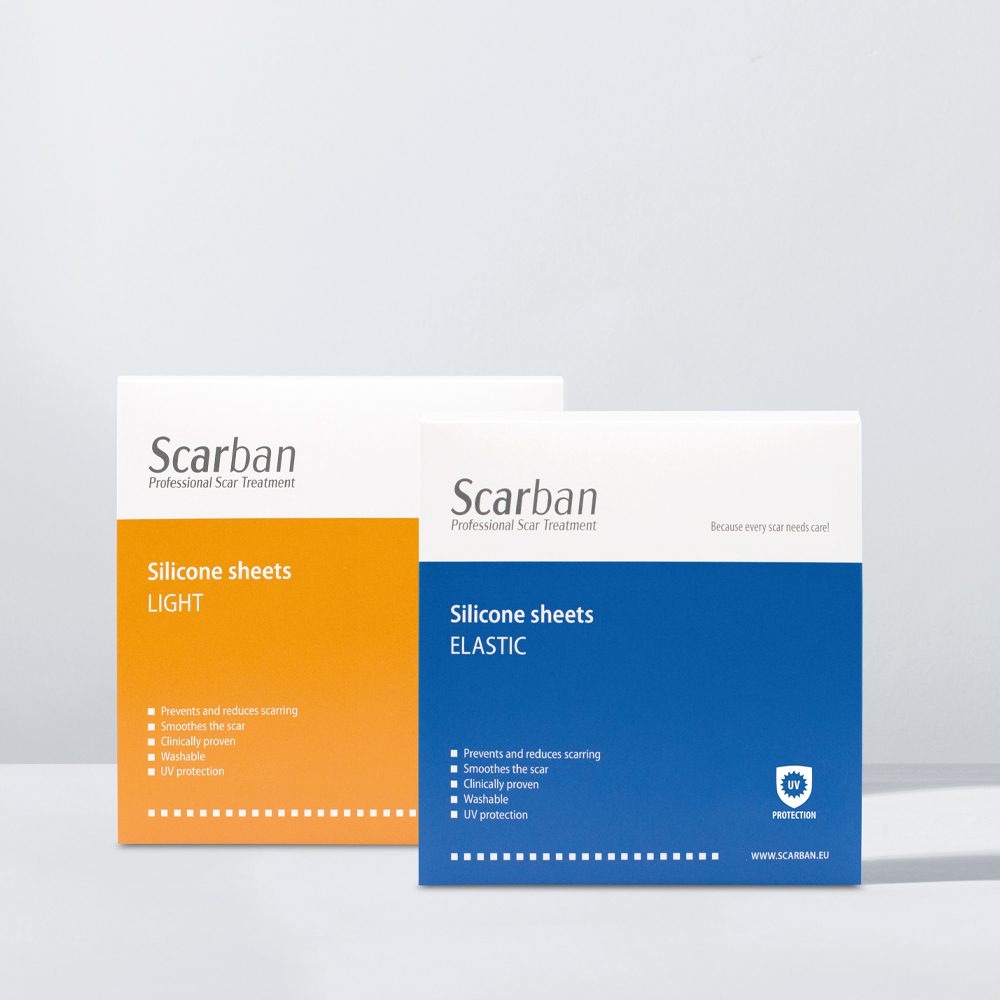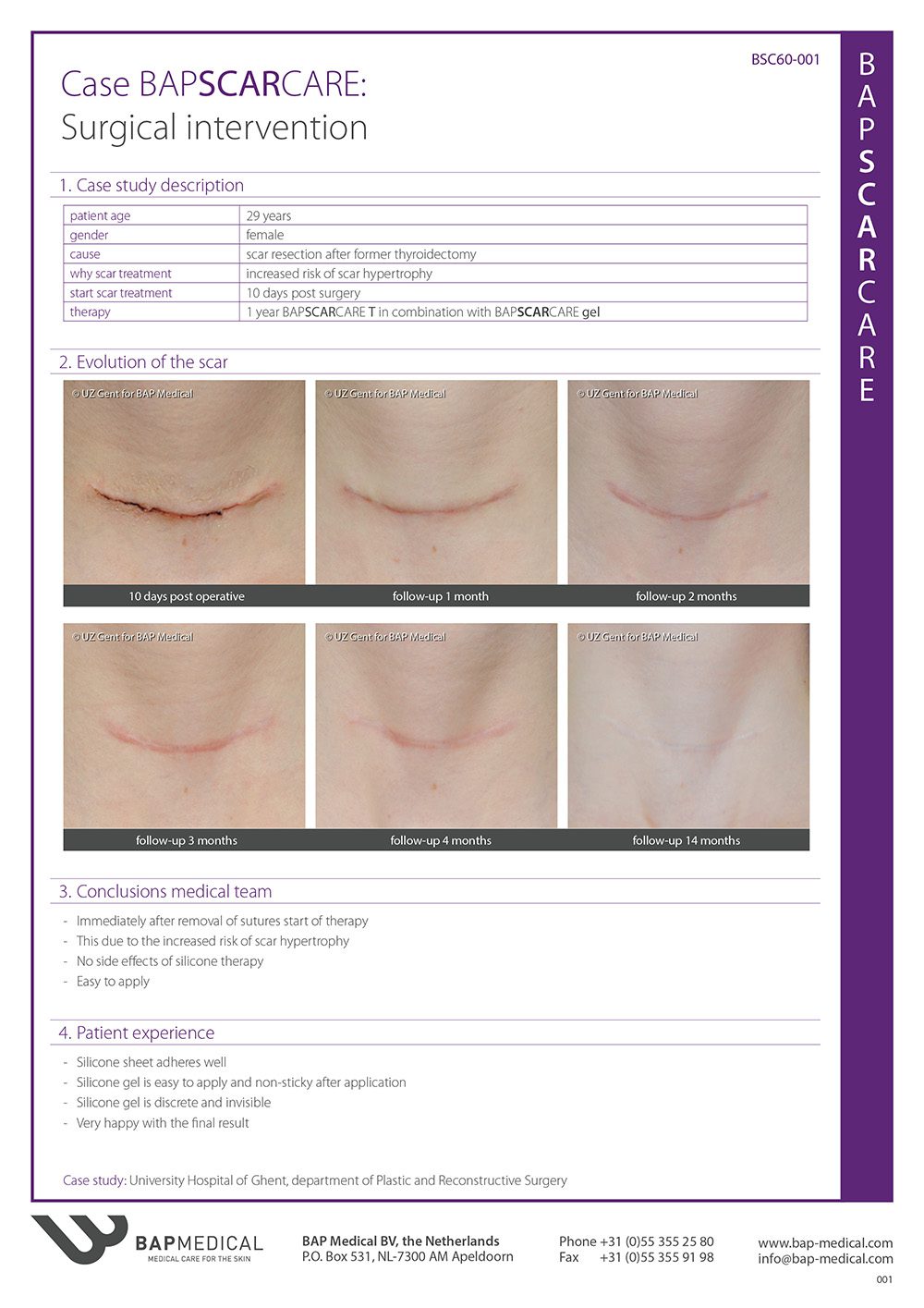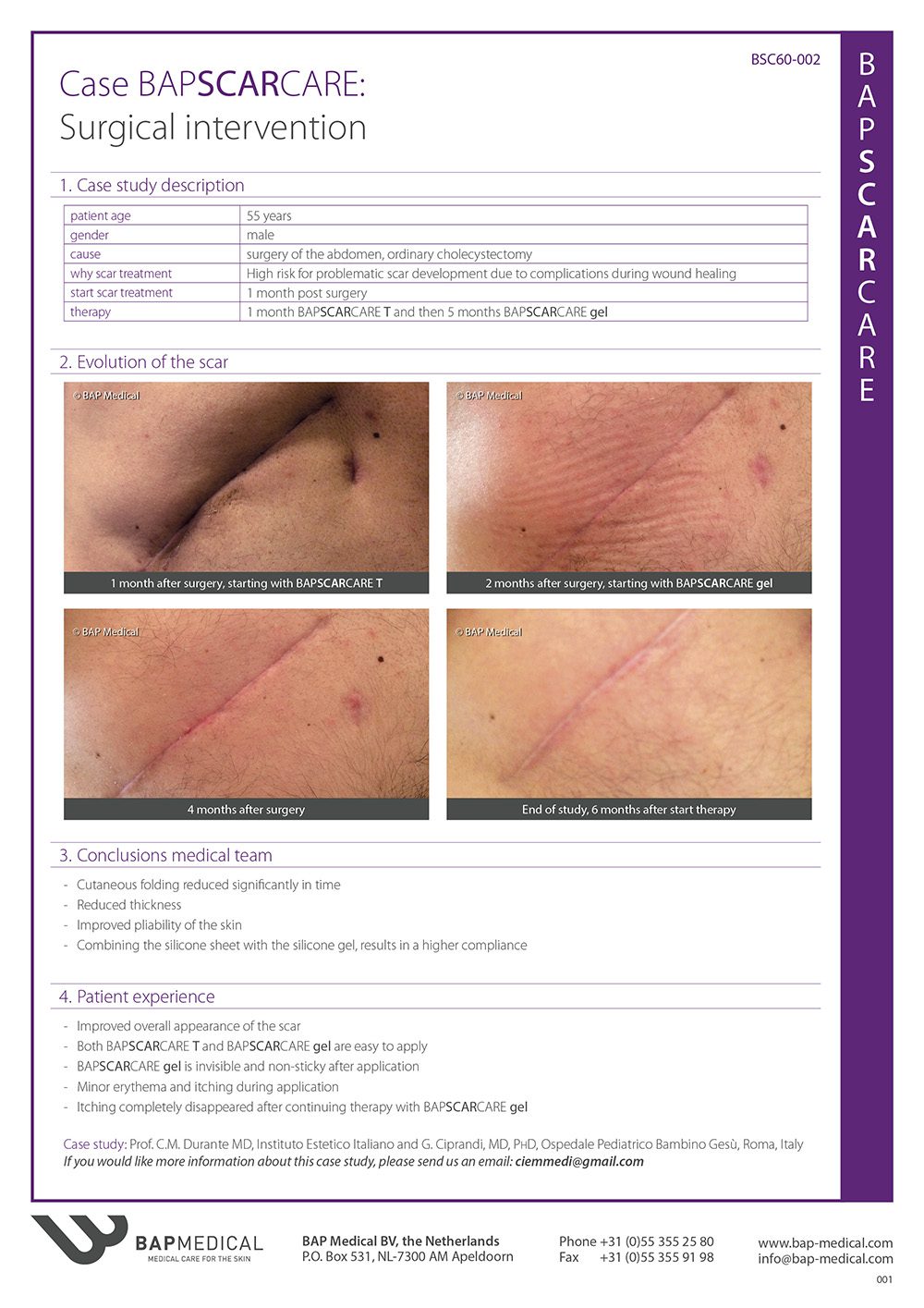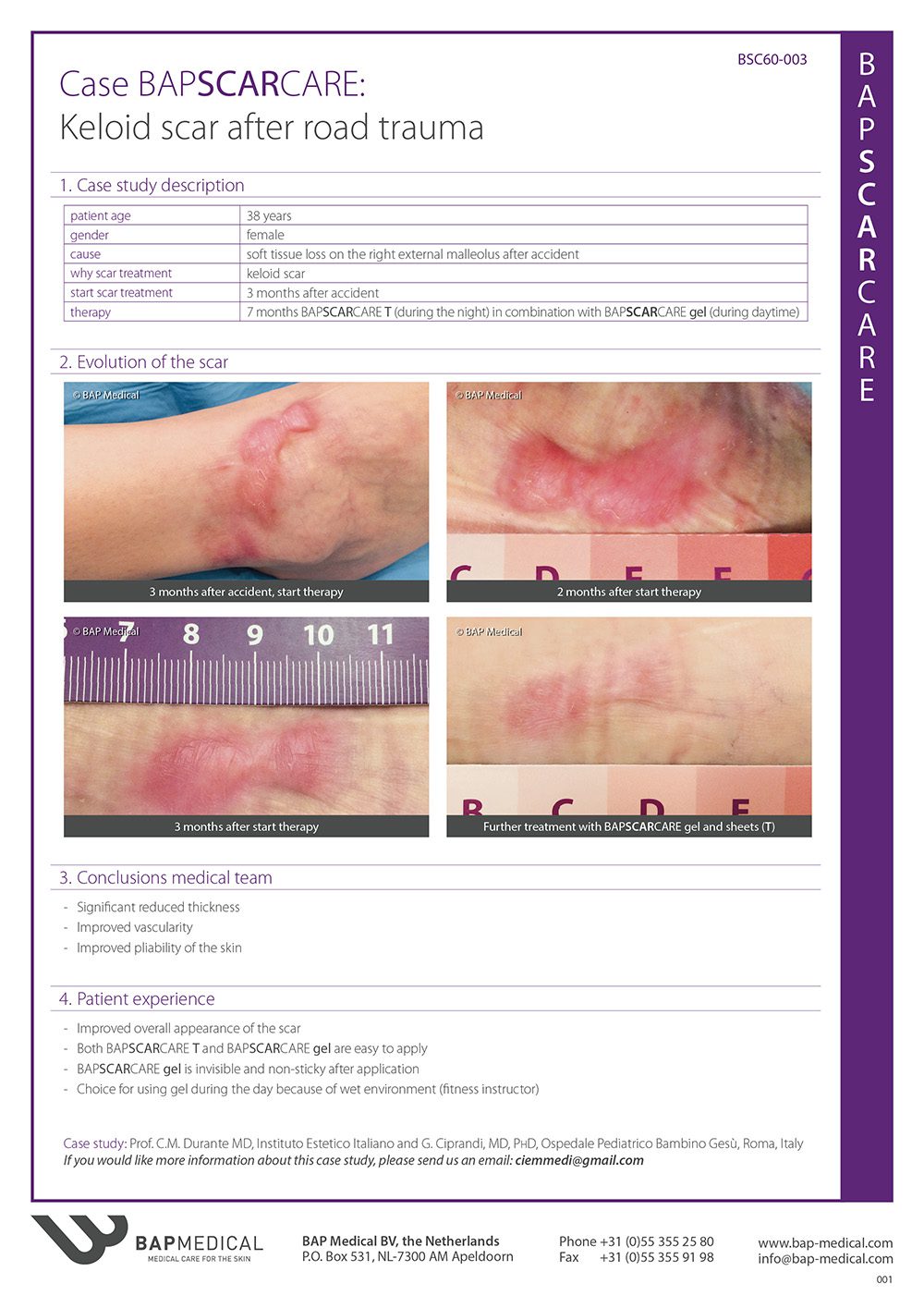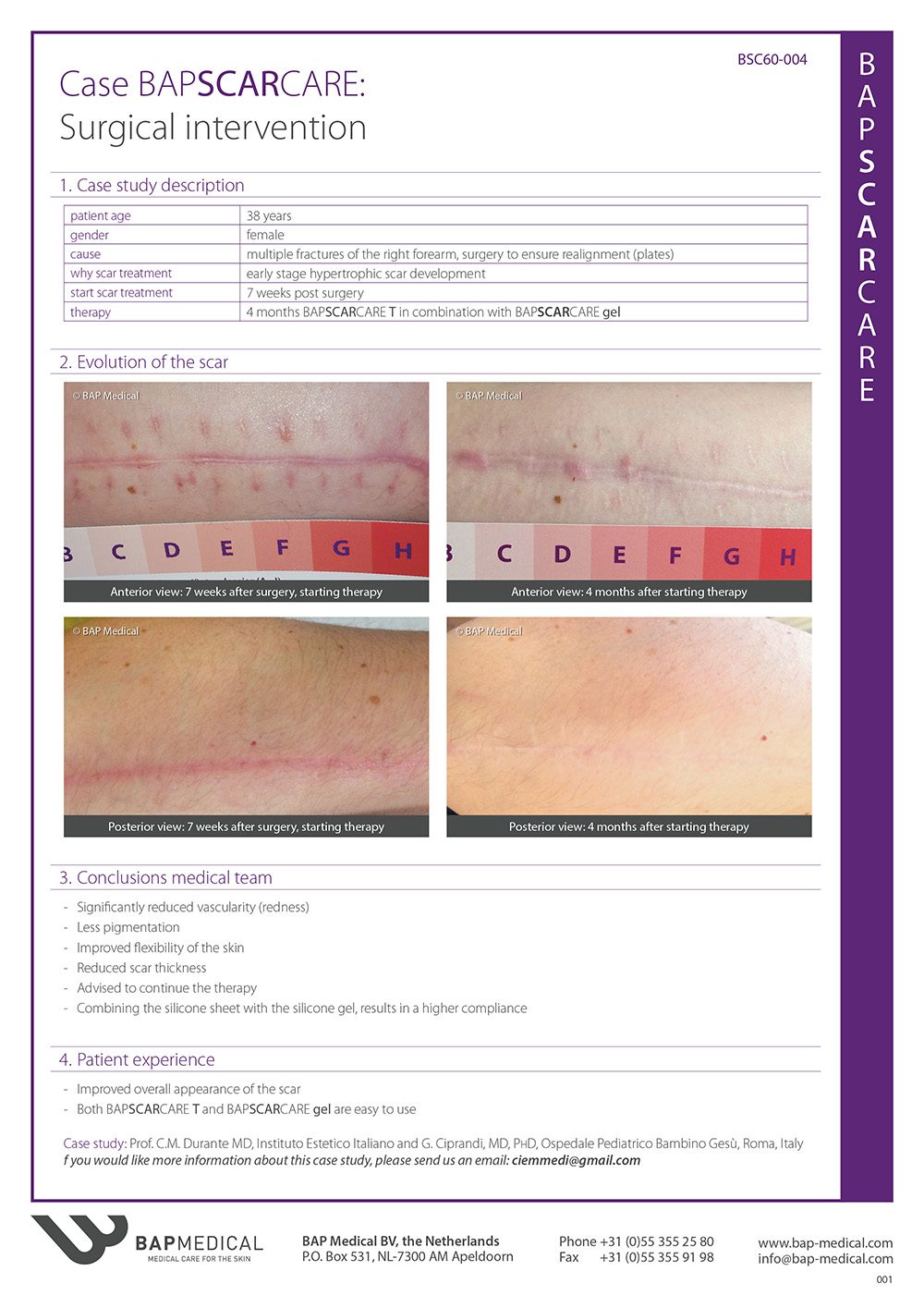|
ALHYDRAN
|

|

|
This open case series investigated the use of Medical Moisture Retention Cream (MMRC, ALHYDRAN®) in 18 patients with moderate venous eczema, often occurring alongside venous leg ulcers. Standard treatment typically includes compression therapy and topical steroids, but steroids can have significant side effects. MMRC combines Aloe Vera gel’s moisturizing effect with fatty acids that provide moderate occlusion. Applied twice daily over four weeks, patients experienced noticeable improvement in redness, flaking, crusting, itching, and dryness. Skin hydration visibly improved, with most reporting better sleep, mood, and social participation. No side effects were observed, and nurses rated the cream as effective and practical. The study concludes MMRC is safe and effective, though larger randomised trials are recommended.
Rondas, Armand A L M & Schols, Jos M.G.A.. (2017).
|

|
Disruption of the skin barrier is linked to conditions such as skin aging, scar formation, and certain types of eczema, often leading to increased transepidermal water loss (TEWL). This results in dryness, fragility, and itching, making effective rehydration and barrier restoration essential. While guidelines recommend a variety of creams, there is no consensus on the most effective option. Since 2005, Medical Moisture Retention Cream (MMRC, Alhydran®) has been widely used in healthcare settings for patients with impaired skin barrier function. Literature suggests MMRC can reduce itching and improve skin hydration, highlighting its potential as a safe and effective supportive therapy.
MWF, van & Hoeksema, Henk & JMGA, Schols. (2021).
|

|
Although silicone is widely used in scar management, its exact mechanism—thought to rely on balanced occlusion and hydration—remains unclear. This study compared the occlusive and hydrating effects of three fluid silicone gels, a hydrating gel-cream, and silicone gel sheets. Using tape-stripped skin as a scar-like model on 40 healthy volunteers, researchers measured transepidermal water loss (TEWL) and skin hydration over 3–4 hours. Results showed fluid silicone gels and the gel-cream had similar occlusive and hydrating properties, while silicone gel sheets were significantly more occlusive, reducing TEWL below normal skin levels. Findings suggest that a well-balanced, hydrating gel-cream may offer comparable benefits to silicone gels and could serve as a potential alternative in scar treatment.
Hoeksema H, De Vos M, Verbelen J, Pirayesh A, Monstrey S. (2013).
|

|
This study evaluated ALHYDRAN® in 18 patients (10 men, 8 women; mean age 69.8 years) with dry, itchy, and scaly skin caused by chronic venous insufficiency. Professionals assessed the overall treatment outcome as positive in 17 patients. At baseline, 16 patients reported no problems with sleep, mood, or social participation; however, during treatment, two patients experienced significant improvements in these areas. Healthcare professionals rated ALHYDRAN® 6.75 for effectiveness and 7.5 for feasibility on a 10-point scale. Only one patient developed worsening skin scaling after one week, leading to discontinuation. Overall, ALHYDRAN® was well-tolerated and may help reduce reliance on corticosteroids in managing venous insufficiency–related skin problems.
Rondas, A. A. L. M., Vestjens, J. A., & Schols, J. M. G. A. (2016).
|

|
This case report describes the use of ALHYDRAN® in a burn patient with facial and hand involvement. Shortly after application, the patient noted improved flexibility and a looser feeling in the skin, with visible improvements by the next day. Over three months, the skin became healthier, less scaly, and better hydrated, with itching significantly reduced. The combined treatment of ALHYDRAN®, lymphatic drainage, bandaging, and endermotherapy allowed the skin to move freely without tearing. After 18 months, the patient’s condition was markedly improved, with lasting benefits in skin hydration and elasticity. Clinicians recommend ALHYDRAN® for burn patients due to consistently positive outcomes in reducing itching, improving skin quality, and enhancing comfort.
Rijkenberg. R. (2015)
|
|
|






